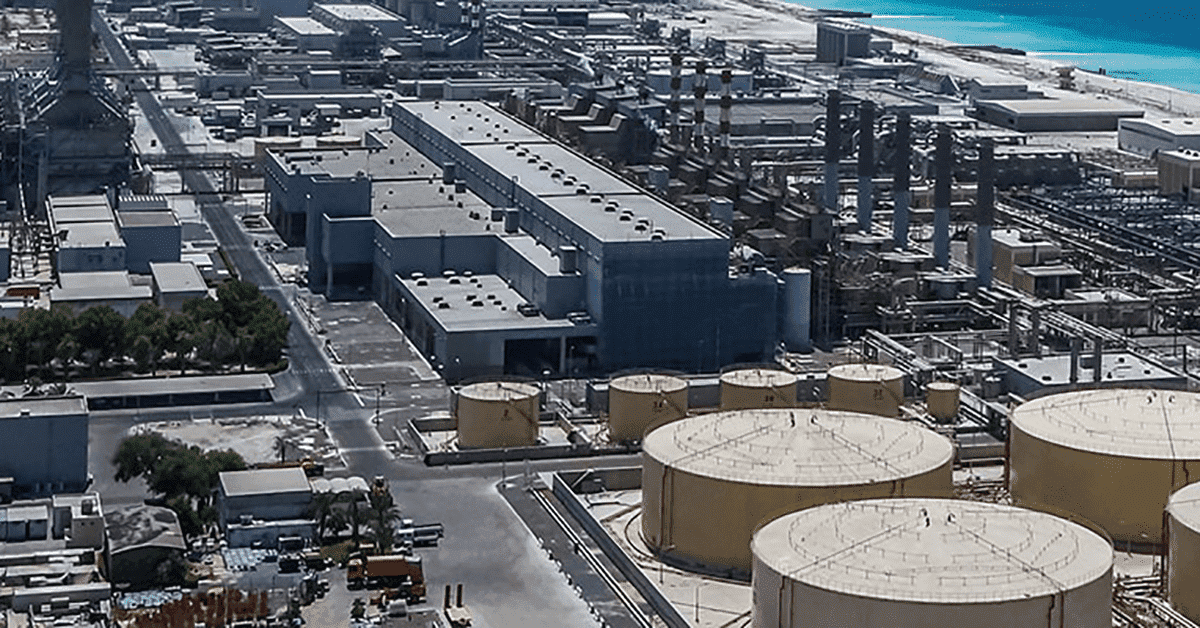California doubles down on desalination
The US state of California looks set to double down on desalination to expand its water supplies after awarding grants to for three desalination projects.
Three is the magic number
The US State of California Department of Water Resources (DWR) has awarded $5 million in Proposition 1 grants to three local desalination projects.
It comes as part of a bigger $82 million investment as California looks to increase supplies amidst continued water challenges from drought and climate change.
“California is taking action to adapt to the extremes in weather we’re seeing across the state, reshaping our water systems to meet these new challenges and better protect our communities.”
The three projects include:
• Water Replenishment District of Southern California Construction Project: In the City of Torrance, a conveyance pipeline will be constructed to connect an existing well to the existing Goldsworthy Desalter system and install a self-cleaning auto-strainer. The project aims to reduce the community’s reliance on imported water, provide a sustainable local potable water supply, and increase desalinated water production for 2,200 households
• Westlands Water District Design Pilot Project: In Fresno County, this project will desalinate brackish groundwater from the westside upper aquifer and use salt-tolerant plants to remove salts from the brine. The project aims to provide cost-effective, reliable and high-quality water to the district and the communities of Coalinga, Huron, and Avenal
• City of Fort Bragg Design Pilot Project: Near the City of Fort Bragg, this project will install a wave-powered seawater desalination buoy to provide potable water to residents. The project aims to diversify the city’s water supply portfolio, create a locally controlled, sustainable, and carbon-free potable water supply, produce water without grid electricity, and strengthen water resiliency during future droughts.
“California is taking action to adapt to the extremes in weather we’re seeing across the state, reshaping our water systems to meet these new challenges and better protect our communities,” said Governor Gavin Newsom.
The grant comes as California continues to look to desalination as a viable source of water.
"Our all-of-the-above approach includes capturing and storing more water and innovative solutions like desalination to boost supplies and prepare for a hotter, drier future.”
Desalination destiny
The DWR has already invested over $80 million in grants to support 20 desalination projects. Of those 20, three of them are currently under construction in Antioch, Camarillo, and Santa Monica.
Additionally, three previously funded projects have completed construction and are now in operation in Torrance, Santa Barbara, and the City of Avalon on Catalina Island.
In total, these completed projects produce 8,787 acre-feet of potable water per year serving approximately 18,000 households.
Last year, California’s Eastern Municipal Water District opened its third groundwater desalination facility, as the state looks to desalination to supply greater amounts of water.
Called the Perris II Desalination Facility, EMWD’s new groundwater desalter will deliver enough water for over 15,000 households a year through its reverse osmosis (RO) treatment process.
Previous EPA water reuse stimulus
Previous investments by the US Environmental Protection Agency (EPA) have attempted to keep California hydrated.
Back in 2021, a $388 million WIFIA loan from the US EPA provided the necessary stimulus to accelerate a water reuse project in San Diego County.
San Diego was looking to produce purified water from the Advanced Water Purification Project to meet 30 per cent of East County’s drinking water demand.
The project also aimed to increase the reliability of its water network in the drought-stressed region, reduce its dependence on water imported from out of state and increase climate resilience.
We promise never to send you spam and you can unsubscribe at any time!





